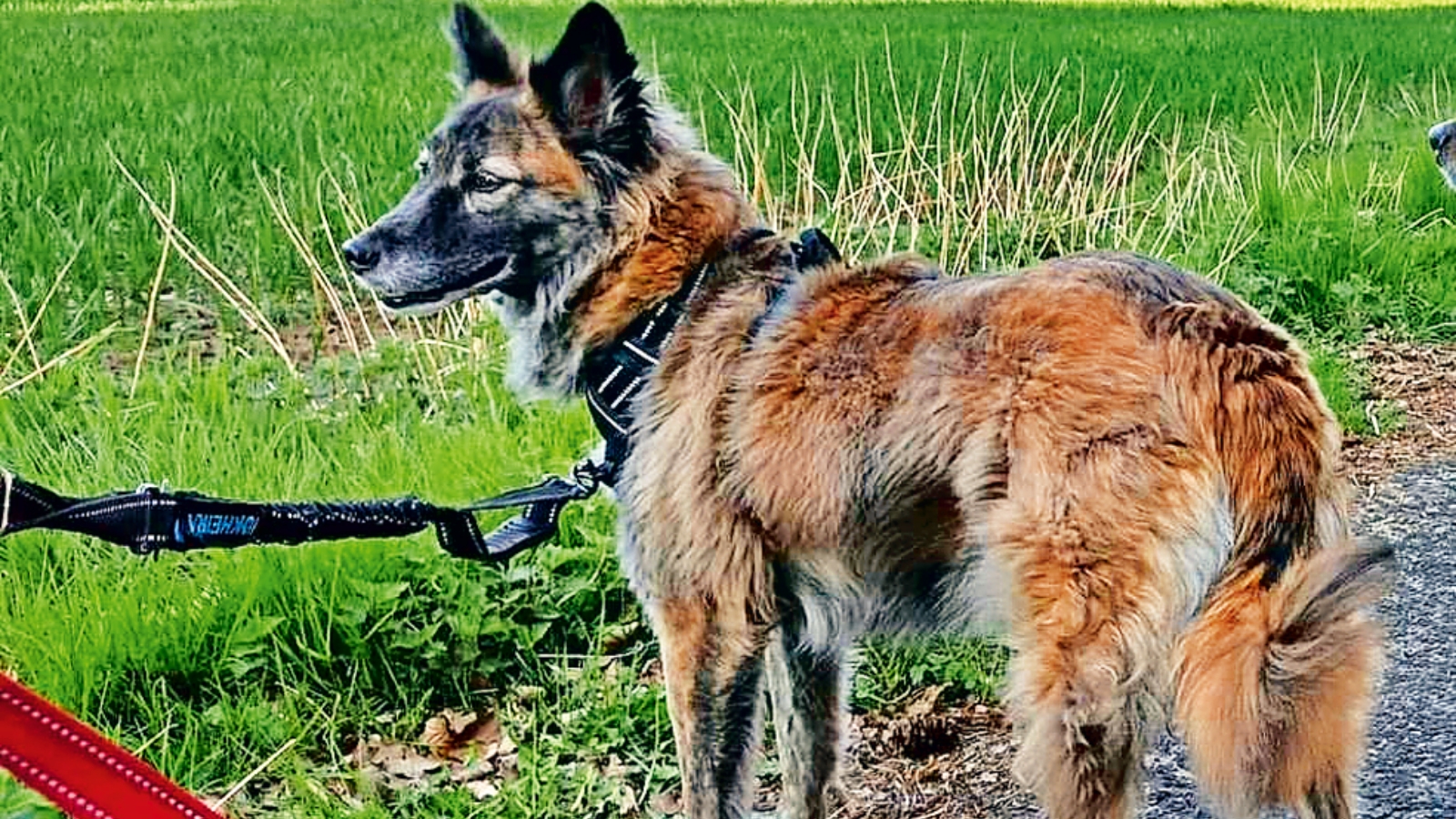The history of presidential pets is a fascinating journey through American political culture, offering insights into the personal lives of our nation’s leaders and the evolving relationship between politicians and the public. Since the founding of the United States, presidents have kept a wide variety of animals as companions, from the conventional to the exotic.
George Washington, the first president, set the tone by sharing his life with several dogs, horses, and even a parrot. This tradition of presidential pet guardianship has continued through most administrations, with only a handful of presidents choosing not to have animal companions during their time in office. Dogs have been the most popular choice, with over 70% of presidents having at least one canine companion. These furry friends have ranged from purebreds to mixed breeds, often becoming beloved members of the first family and capturing the hearts of the American public.
Cats have also been frequent residents of the White House, with notable felines like Socks, the Clintons’ cat, gaining significant media attention. However, presidential pets have not been limited to just cats and dogs. Throughout history, the White House has been home to a veritable menagerie of animals, including birds, horses, goats, and even more unusual creatures like alligators, bears, and tigers.
Theodore Roosevelt, known for his love of nature and wildlife, perhaps had the most diverse collection of presidential pets. His family kept everything from guinea pigs and badgers to a one-legged rooster and a small bear. Calvin Coolidge also had an impressive array of animals, including raccoons, a hippopotamus, and lion cubs. These exotic pets often served as gifts from foreign dignitaries or were symbolic of the president’s personality and interests.
The presence of pets in the White House has not been without controversy or challenges. Lyndon B. Johnson faced public backlash when he was photographed lifting his beagle by its ears. More recently, Joe Biden’s German Shepherd, Major, made headlines for behavioral issues that led to his relocation from the White House.
Despite occasional controversies, presidential pets have generally served as a positive force in shaping public perception of the first family. They humanize the president, making them more relatable to the average American. Images of a president playing with a dog on the White House lawn or cuddling a cat can soften their image and create a sense of warmth and approachability.
This brings us to the question: Should we trust a president more if they have a pet? While it may seem like a superficial consideration, there are arguments in favor of this idea. Firstly, having a pet demonstrates a capacity for care, responsibility, and empathy. These are qualities that many would consider essential in a leader tasked with the welfare of an entire nation. A president who can show love and attention to an animal may be perceived as more likely to extend that same care to their constituents.
Moreover, pets can serve as a unifying force in a divided political landscape. Regardless of party affiliation, many Americans can relate to the joys and challenges of pet guardianship. When a president shares stories or images of their pets, it creates a common ground with the public, potentially bridging political divides.
The presence of a pet can also suggest a certain level of normalcy and stability in a president’s personal life. It implies that despite the pressures of the office, they maintain a semblance of a typical family life, which can be reassuring to voters.
Additionally, how a president treats their pets can be seen as indicative of their character. A leader who is kind and patient with animals might be viewed as possessing similar qualities in their professional life. Conversely, a president who neglects or mistreats their pets could face severe public backlash, as it might be seen as reflective of their overall character.
However, it’s important to note that pet guardianship alone is not a guarantee of trustworthiness or competence in office. It should be considered alongside a president’s policies, actions, and overall track record. While a pet can contribute to a positive public image, it should not overshadow more substantial aspects of leadership.
In conclusion, the history of presidential pets is a rich tapestry that reflects changing times, personal preferences, and public relations strategies. From Washington’s hounds to Biden’s German Shepherds, these animals have played a unique role in American political life. While the presence of a pet may indeed contribute to a more trustworthy image of a president, it should be viewed as just one small factor in the complex equation of political leadership. Ultimately, a president’s actions, policies, and character should be the primary basis for public trust, with their furry, feathered, or scaly companions serving as endearing footnotes in the annals of presidential history.








